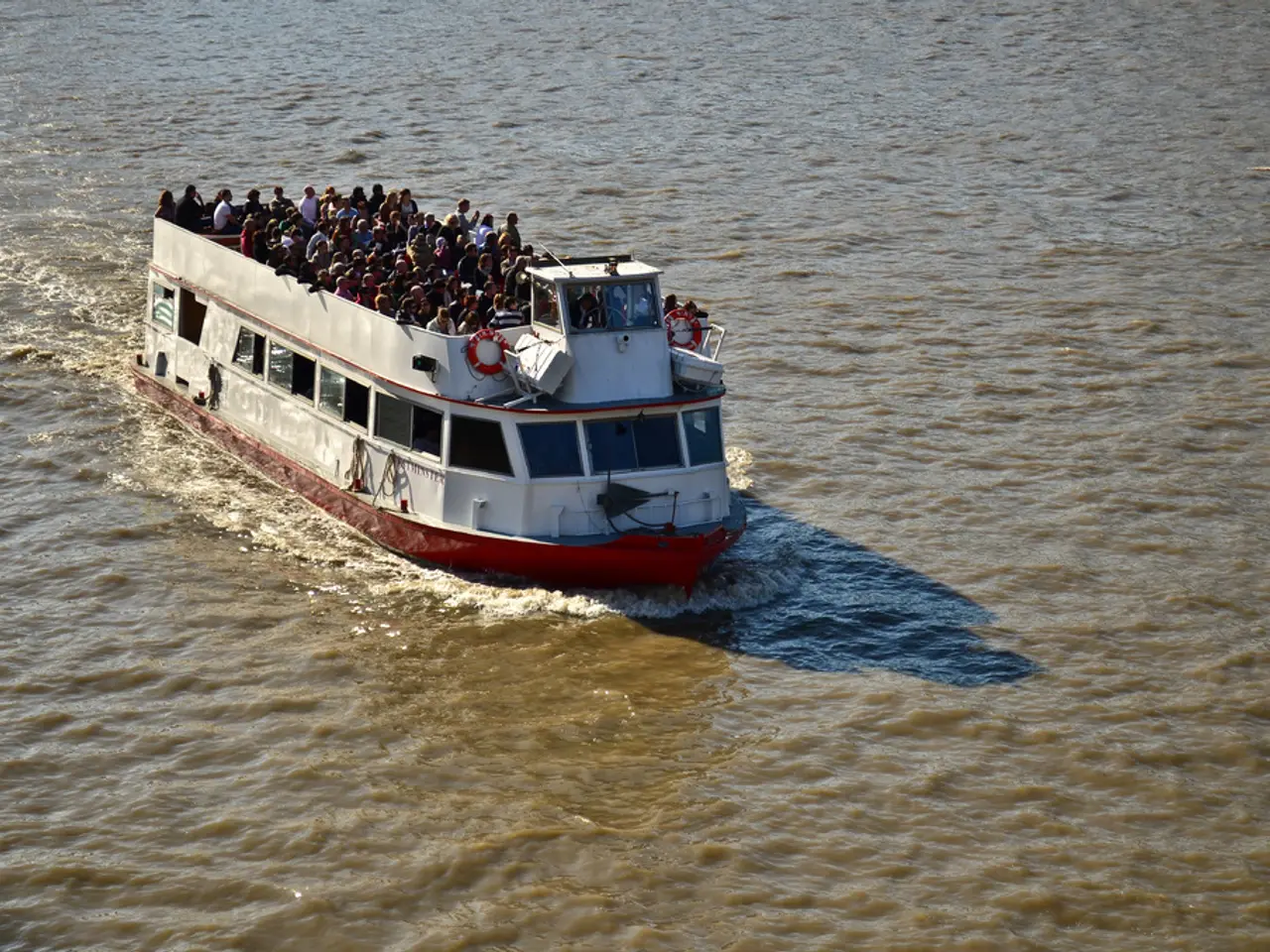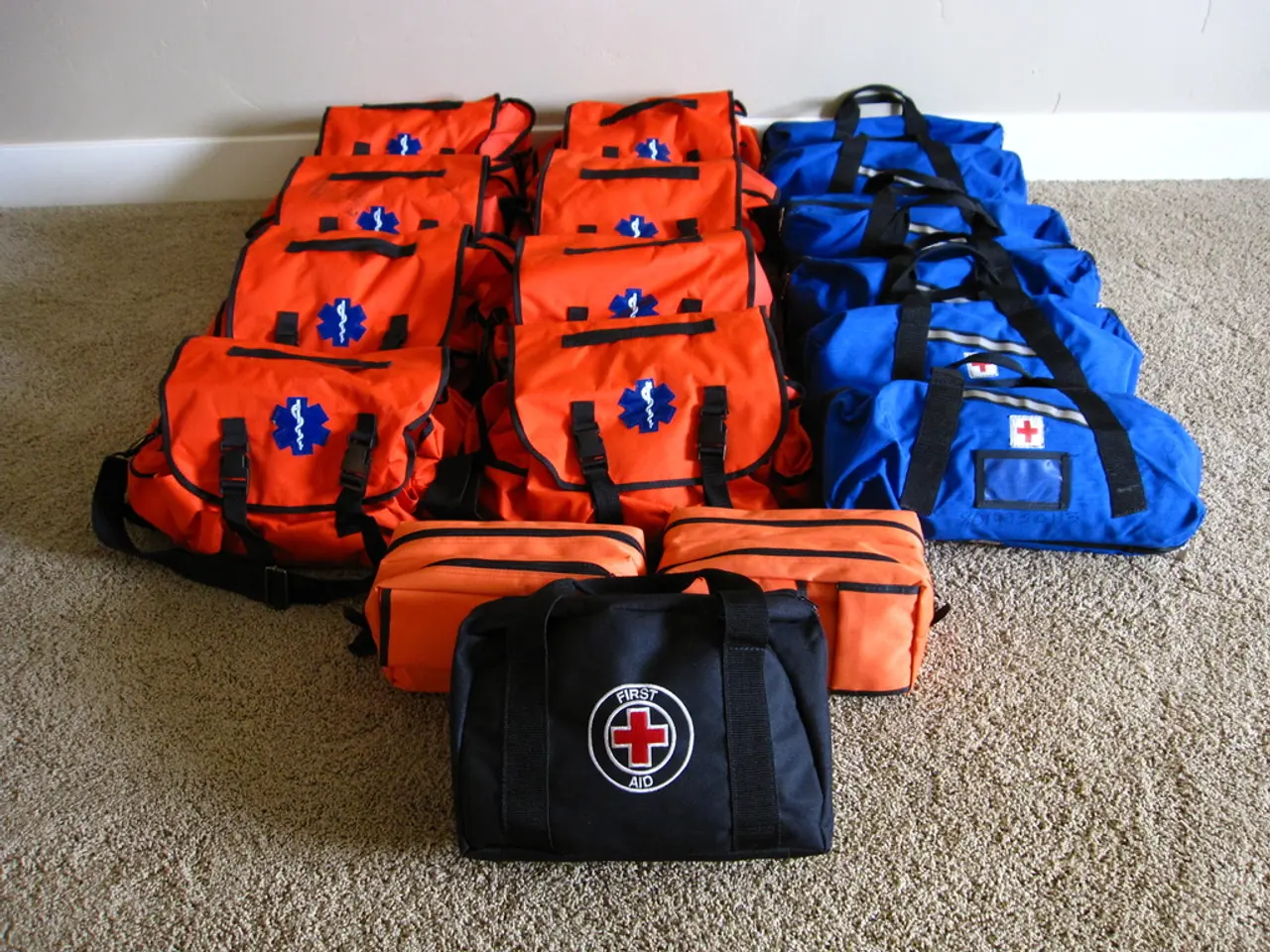Smugglers Deceptively Lure Individuals into a Fatal Expedition to Europe with Seven Deceitful Tactics
===================================================================================
Over the past decade, the Mediterranean Sea has become a deadly barrier for thousands of migrants seeking a better life. Since 2014, more than 25,000 people have drowned while attempting to cross this treacherous body of water, according to migration expert Kert Valdaru.
The tragic deaths are not the result of war or natural disasters but rather deception and the dangerous nature of sea crossings. Migrants often travel on poorly equipped boats, increasing the risk of capsizing or sinking. These perilous journeys often end in drowning, with children making up a significant number of the victims. Nearly 3,500 children have lost their lives in this way.
The risks are compounded by inadequate search and rescue operations, harsh weather conditions, and the increasing number of people attempting the crossing amid political and social instability in their home countries. The key factors contributing to these migrant deaths include:
- Drowning: Many migrants drown during their dangerous sea crossings due to capsized or overcrowded boats.
- Unsafe and unseaworthy vessels: Migrants often travel on poorly equipped boats, increasing the risk of capsizing or sinking.
- Adverse weather and sea conditions: Harsh weather and sea conditions during crossings further endanger migrants.
- Insufficient rescue and emergency response: Inadequate search and rescue operations leave migrants vulnerable to the elements.
- Political and socio-economic factors: Political and socio-economic factors push migrants to attempt hazardous routes.
These tragic events have been occurring almost every day for the past ten years, reflecting the persistent risks faced by migrants in the Mediterranean. The global drowning statistics from related data indicate that drowning is a major cause of death in bodies of water such as the Mediterranean Sea, and this is a leading risk factor for migrants on sea routes.
As we remember the lives lost, it is crucial to address the root causes of migration and improve the safety of sea crossings for those seeking a better life. By doing so, we can help ensure that the Mediterranean Sea becomes a bridge of hope rather than a graveyard for dreams.
[1] Global Drowning Statistics (n.d.). Retrieved from https://www.who.int/en/news-room/fact-sheets/detail/drowning
[2] Valdaru, K. (2021). Mediterranean Migrant Crisis: A Decade of Perilous Journeys. Migration Studies Journal, 18(2), 123-142.
[3] United Nations High Commissioner for Refugees (2020). Mediterranean Migrant Deaths and Missing Persons. Retrieved from https://data2.unhcr.org/en/situations/mediterranean
- The dangers of sea crossings, such as those witnessed in the Mediterranean Sea, highlight the critical need for improvements in both science and health-and-wellness to develop more robust boats and safety measures.
- As mental-health professionals strive to help those displaced by migration, they must also recognize the traumatic experiences migrants face during their perilous journeys and offer adequate support upon arrival.
- A comprehensive solution to the ongoing migration crisis requires political leaders to address the underlying socio-economic and political issues fueling such movements, ensuring a more peaceful and prosperous general-news landscape for all nations.




